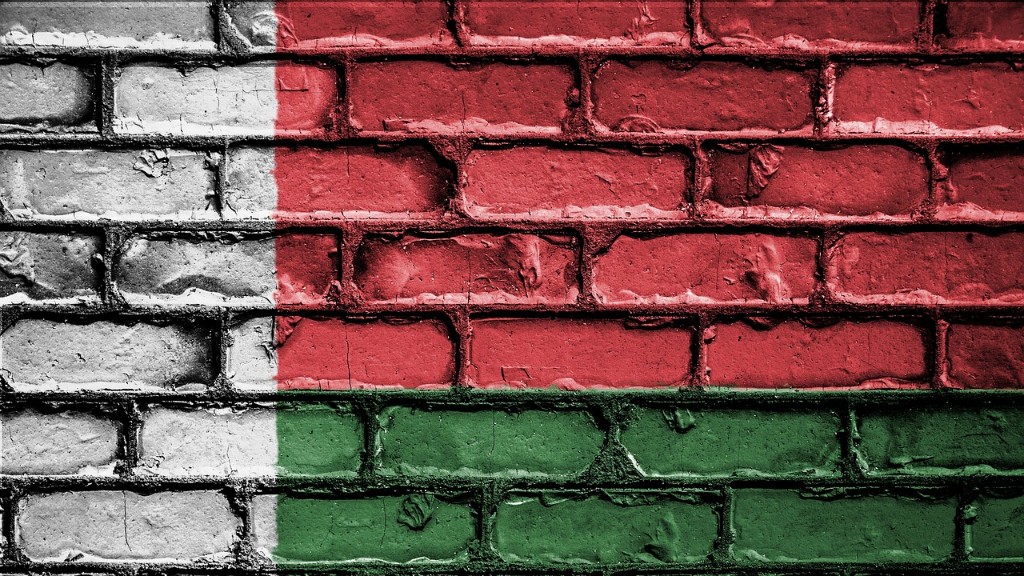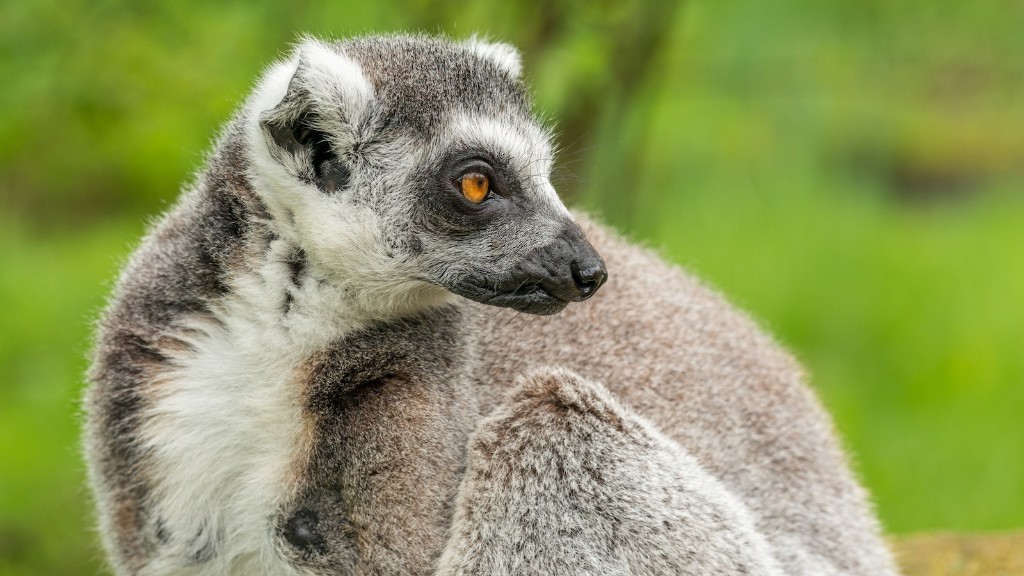When to Plant Madagascar Beans
Madagascar beans, scientifically known as Vigna unguiculata subsp. sesquipedalis, are a versatile and nutritious legume that can be grown in various climates. However, to ensure optimal growth and yield, it is crucial to plant them at the right time. Understanding the ideal planting time, considering factors such as climatic conditions and soil temperature, can significantly impact the success of your Madagascar bean cultivation.
Background Information on Madagascar Beans
Madagascar beans, commonly referred to as yard-long beans or snake beans, are native to Southeast Asia but have spread across tropical and sub-tropical regions of the world. These vigorous climbing vines produce long, slender pods that can grow up to 3 feet in length, hence the name yard-long beans. They are a rich source of vitamins, minerals, and dietary fiber, making them a valuable addition to a balanced diet.
Factors to Consider for Planting Madagascar Beans
When determining the appropriate time to plant Madagascar beans, it is essential to consider both external factors, such as climatic conditions, and internal factors, such as soil temperature. Here are the key factors to keep in mind:
Climate
Madagascar beans thrive in warm climates with temperatures ranging from 70°F to 95°F (21°C to 35°C). They require a minimum of 6 hours of direct sunlight per day. If you live in a region with a short growing season, it is advisable to start the seeds indoors or use protective covers to extend the growing period.
Soil Temperature
The optimal soil temperature for planting Madagascar beans is between 70°F and 95°F (21°C to 35°C). Soil temperatures below 60°F (15°C) can delay germination and stunt the growth of the plants. Using a soil thermometer can help ensure that the soil is adequately warmed before planting.
Frost-Free Period
Since Madagascar beans are highly sensitive to frost, it is crucial to plant them after the last expected frost date in your area. Planting too early can expose the young plants to frost damage, leading to decreased yields or even plant deaths.
Water Availability
Madagascar beans require regular watering to support their rapid growth and pod development. Adequate moisture in the soil is essential for germination and proper plant establishment. Depending on your local climate, you may need to adjust the irrigation frequency to provide consistent moisture during dry periods.
Expert Perspectives on Planting Madagascar Beans
Let’s hear from agricultural experts on the best practices for planting Madagascar beans:
Dr. Maria Rodriguez, Agricultural Scientist
“Based on my research, I recommend planting Madagascar beans when the soil temperature reaches a minimum of 70°F (21°C) and there is no longer a risk of frost. This typically occurs in late spring or early summer in most regions. Starting the seeds indoors a few weeks before the last expected frost date can give you a head start.”
John Thompson, Organic Farmer
“In my experience, besides soil temperature, it is crucial to consider the quality of the soil. Madagascar beans prefer well-drained, fertile soil with a pH level between 6.0 and 7.5. Adding organic matter, such as compost or well-rotted manure, can greatly improve the soil’s nutrient content and moisture retention capabilities.”
Maximizing Yield and Care Tips
To maximize your yield and ensure the health of your Madagascar bean plants, here are some care tips to follow:
Provide Support
Madagascar beans are vigorous climbers and require trellises, stakes, or other forms of support for their tendrils to cling onto. Providing adequate support not only prevents the plants from toppling over but also promotes better air circulation, reducing the risk of fungal diseases.
Regular Harvesting
Harvesting the pods regularly, ideally every 2-3 days, promotes continuous production and prevents the beans from becoming tough and fibrous. Be gentle when picking the beans to avoid damaging the vines or nearby flower buds.
Pest and Disease Control
Monitor your plants regularly for common pests such as aphids and spider mites. Consider using organic pest control methods, such as neem oil or insecticidal soaps, to minimize damage to both your plants and the environment. Fungal diseases can be prevented by practicing proper spacing between plants, promoting good air circulation, and avoiding overhead watering.
Extend the Growing Season
If you live in a region with a shorter growing season, you can use various techniques to extend it. These include using row covers or cloches to protect the plants from frost, utilizing mulch to preserve soil warmth, and planting heat-tolerant varieties that mature more quickly.
Section 2: Soil Preparation and Planting Techniques
Soil Preparation
Before planting Madagascar beans, proper soil preparation is essential for optimal growth. Follow these steps:
- Choose a sunny location with well-drained soil.
- Remove weeds and rocks from the planting area.
- Amend the soil with organic matter, such as compost or aged manure, to improve its fertility.
- Ensure the soil has a pH level between 6.0 and 7.5.
- Till or dig the soil to a depth of 10-12 inches to loosen it and create a favorable environment for root development.
Planting Techniques
Follow these guidelines for successful Madagascar bean planting:
- Sow the seeds directly into the prepared soil 1 inch deep and space them 4-6 inches apart.
- Water the seeds immediately after planting.
- Provide support for the vines to climb as they grow.
- Water the plants regularly, keeping the soil moist but not waterlogged.
- Apply a layer of mulch around the plants to help retain moisture and suppress weed growth.
By following these steps and considering the necessary factors, you can enjoy a bountiful harvest of Madagascar beans.
Section 3: Nutritional Benefits of Madagascar Beans
Madagascar beans offer various nutritional benefits that make them an excellent addition to your diet:
- Rich in dietary fiber, promoting healthy digestion and reducing the risk of constipation.
- A good source of protein, especially important for vegetarians and vegans.
- High in vitamins and minerals, including vitamin C, vitamin K, folate, and iron.
- Low in calories and fat, making them a suitable food for weight management.
- Contain antioxidants that help protect cells from damage caused by harmful free radicals.
Incorporating Madagascar beans into your meals can contribute to a well-balanced and nutritious diet.





